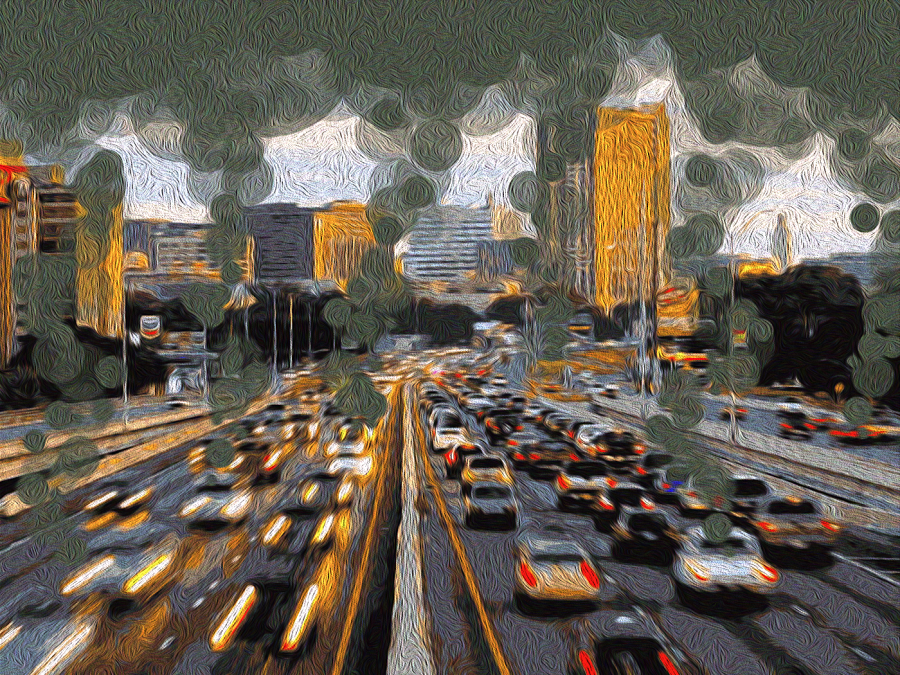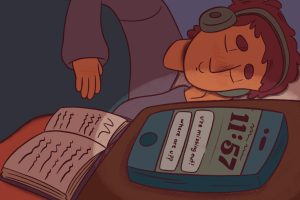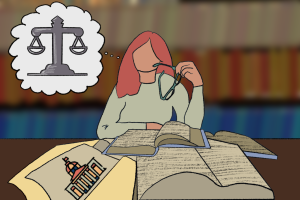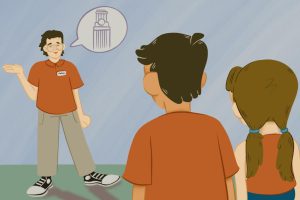Expanding I-35 will be detrimental to the city of Austin
November 2, 2022
The Texas Department of Transportation has proposed an Interstate 35 project expansion to expand the highway to 20 lanes. This project is estimated to cost over $3 billion, with a majority of the money going toward construction. Although TxDOT faces opposition, the department continues to revise the plan and seeks to continue with expansion efforts.
Expanding I-35 is unnecessary and will cause more problems than solutions. Students and Austinites should oppose TxDOT’s proposal because of the negative impacts it will have on the greater Austin area.
In 2008, TxDOT made the effort to expand Houston’s Katy Freeway into 26 lanes, making it one of the widest highways in the world. The entire project cost $2.8 billion and ended up increasing commute times for Houston drivers. Longer commutes despite expansion is a phenomenon seen often in Texas infrastructure, and calls into question the point of expansion in the first place.
“(If) you look at other cities like Houston, (it has) very prominent traffic (because it has) a million lanes. They keep adding on to them saying that they’ll fix traffic, but it just makes it worse,” computer science freshman Sergio Sanchez said. “Building highways takes so much time and destroys so many buildings, so I can’t see (anything) positive.”
Public transportation is shown to improve traffic conditions far more effectively than lane additions. Additionally, public transportation is by far one of the best ways to reduce carbon emissions and actively fight the climate crisis. In contrast, expanding the lanes on I-35 will result in more cars on the road, more traffic, and more carbon emissions — which goes against Austin’s goal of having net-zero emissions by 2040.
Along with issues of environmental sustainability, widening I-35 can have deadly consequences for pedestrians and drivers alike. As of 2021, I-35 is the deadliest road in Austin, with about three fatal accidents occurring per mile of road between 2017 and 2019. This directly contradicts Austin’s hope of reducing the number of people hurt in car accidents to zero.
“We are reconstructing ramps, bridges and intersections. We are improving frontage roads, we are enhancing bicycle and pedestrian paths and accommodating transit routes at various locations,” Tommy Ray Abrego Jr., project mobility manager for the Austin district of TxDOT, said about the planned expansion.
TxDOT held several meetings where community members gave their input on the expansion.
With the initial expansion funding, maintenance costs and later increased toll costs, Texas residents and Austinites will have to pay more in taxes, be exposed to worsening air quality and spend time in increased traffic.
As it stands, Austinites already dislike I-35, so why expand to have more of it? The expansion goes against many of Austin’s transit goals, most of which can be reached if the money put toward expansion is instead allocated to improving public transportation.
“I mean, everybody hates I-35. The traffic is awful. The fatality rate is awful,” said Miriam Schoenfield, board member and treasurer of Rethink35. “Fifty-five percent of Austinites in a recent survey showed that they would actually prefer to get around without a car, they just don’t currently have the means available to do that.”
With each passing year, TxDOT seeks to expand I-35 and other Texas roads for seemingly no reason other than profit. Despite pushback and a lawsuit, TxDOT continually revises its outlines for expansion with a plan that does not justify its price tag and is harmful to Austinites.
Emejulu is a computational engineering freshman from Austin, Texas.















